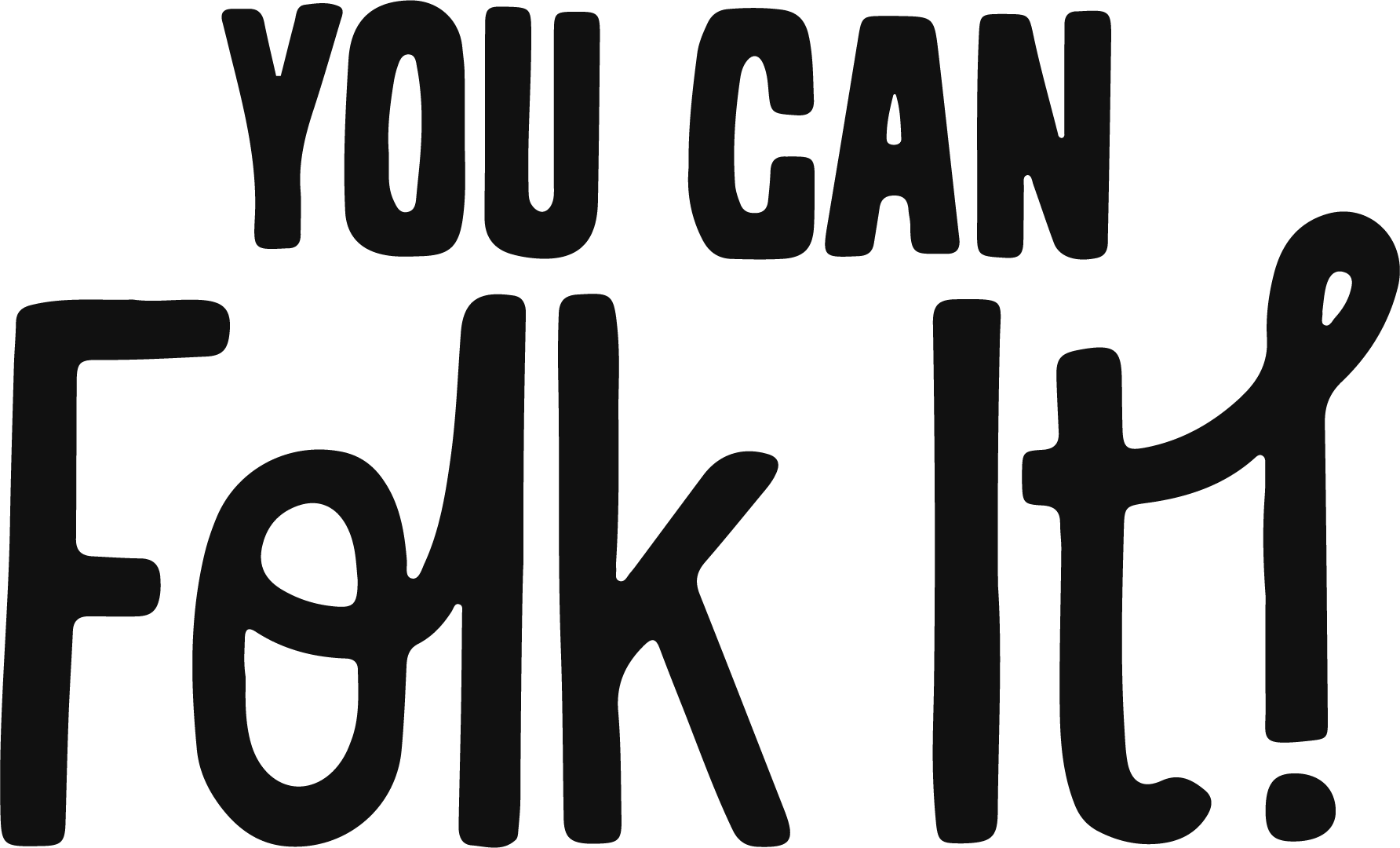Colour is such an exciting piece of the painting puzzle isn't it?
The choice of colours a painter uses can be the reason a viewer falls in love with it or completely overlooks it. Colour can be used to convey emotion, create moods and inspire feelings in the viewer. Different colours, particularly within Folk Art painting can also indicate the style of painting and the era in which it was painted.
However, as important as this element is, for beginner painters it can feel extremely daunting. The decision to learn something new can be a massive step for some people and suddenly the thought of choosing a colour palette can be scary. How do you know which colours you will need the most? How do you know which paints are the best? (Not all acrylics were made equal!) What if you pick combinations that look awful together?
Even if you feel comfortable choosing colours, suddenly being faced with a whole range of colours and shades can sometimes be overwhelming. This is something we experienced when we began our painting journey. The workshops we attended supplied a variety of paints we could choose from and sometimes choosing a limited palette that would be suitable for the lesson and something we were happy with once we'd finished felt like the hardest part of the lesson.
That's why we spent the time creating a varied palette for our Beginner's Masterclass that contains five gorgeous colours that can be used throughout each of the 13 lessons. These are not only colours that complement each other, but they are also colours that work well for the lesson itself. We wanted the focus of the Beginner's Masterclass to be on the techniques not the colours.

Only when you have built your confidence with the paintbrush and techniques you have learnt do we guide you on to the next step of the colour journey - Colour mixing. This is the first lesson in the Masterclass For Intermediate Painters and the lesson focuses on mixing the primary colours and having a little fun!
It was only after we learnt these lessons ourselves that we suddenly realised not only how satisfying it can be to mix your favourite colours, experiment and play but also how economical it can be. When you begin your painting journey, it may feel nice to have a few extra colours in your painting area but they aren't necessary. Learning to mix and combine colours encourages you to think outside of the box. It also encourages you to try things you're not naturally drawn to and sometimes you get the greatest surprises and nuggets of inspiration.

Daisy Heart - We added green leaves on to a red background to allow the colour opposites to complement each other.
We hope that by guiding you through this process during the Masterclasses, we can help you gradually learn about and fall in love with colour in a way that no one did for us as we were learning. After all, colour is such an exciting element of the creative journey we don't want you to miss out :)
Until next time x
